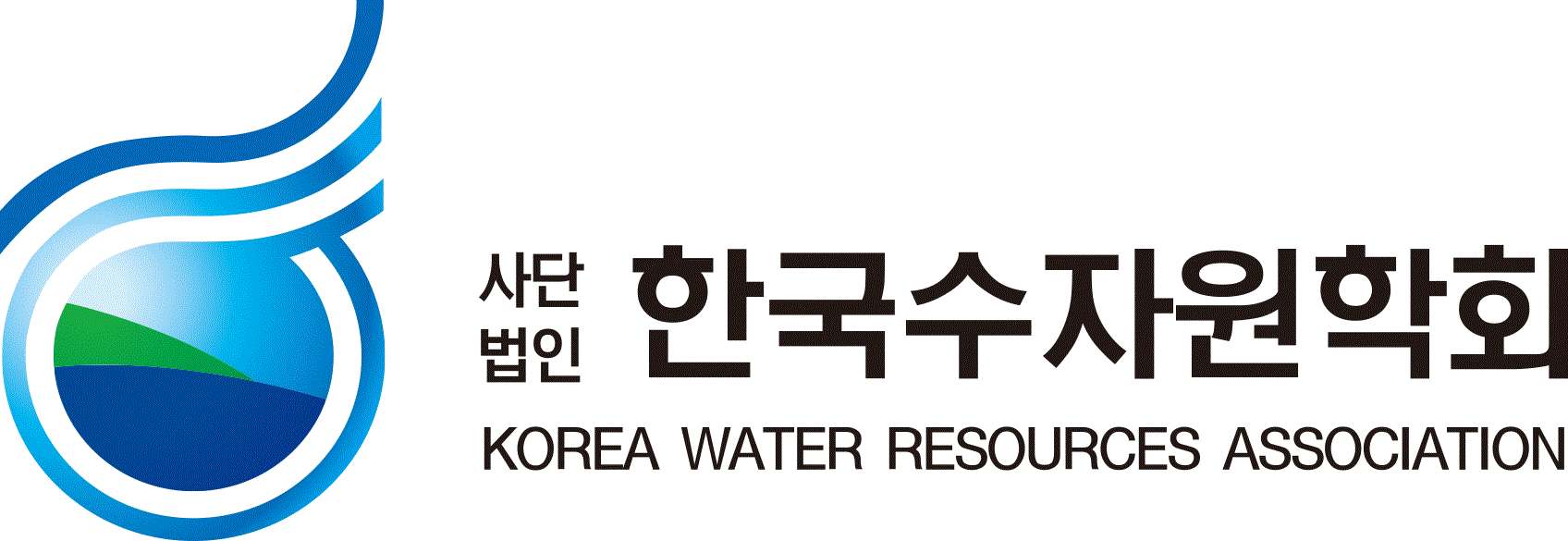- 홈
- 문헌정보
- 논문집
문헌정보
논문집
- 저자명
- 김원진;정충길;김진욱;김성준
- 발행사
- 한국수자원학회
- 수록사항
- 한국수자원학회논문집, Vol.51 No.12(2018-12)
- 페이지
- 시작페이지(1195)
- ISSN
- 1226-6280
In the study, the water shortage of Boryeong Dam watershed (163.6 km2) was evaluated under future climate change scenario. The Soil and Water Assessment Tool (SWAT) was used considering future dam release derived from multiple linear regression (MLR) analysis. The SWAT was calibrated and verified by using daily observed dam inflow and storage for 12 years (2005 to 2016) with average Nash-Sutcliffe efficiency of 0.59 and 0.91 respectively. The monthly dam release by 12 years MLR showed coefficient of determination (R2) of above 0.57. Among the 27 RCP 4.5 scenarios and 26 RCP 8.5 scenarios of GCM (General Circulation Model), the RCP 8.5 BCC-CSM1-1-M scenario was selected as future extreme drought scenario by analyzing SPI severity, duration, and the longest dry period. The scenario showed ?23.6% change of yearly dam storage, and big changes of ?34.0% and ?24.1% for spring and winter dam storage during 2037~2047 period comparing with 2007~2016 period. Based on Runs theory of analyzing severity and magnitude, the future frequency of 5 to 10 years increased from 3 in 2007~2016 to 5 in 2037~2046 period. When considering the future shortened water shortage return period and the big decreases of winter and spring dam storage, a new dam operation rule from autumn is necessary for future possible water shortage condition.



